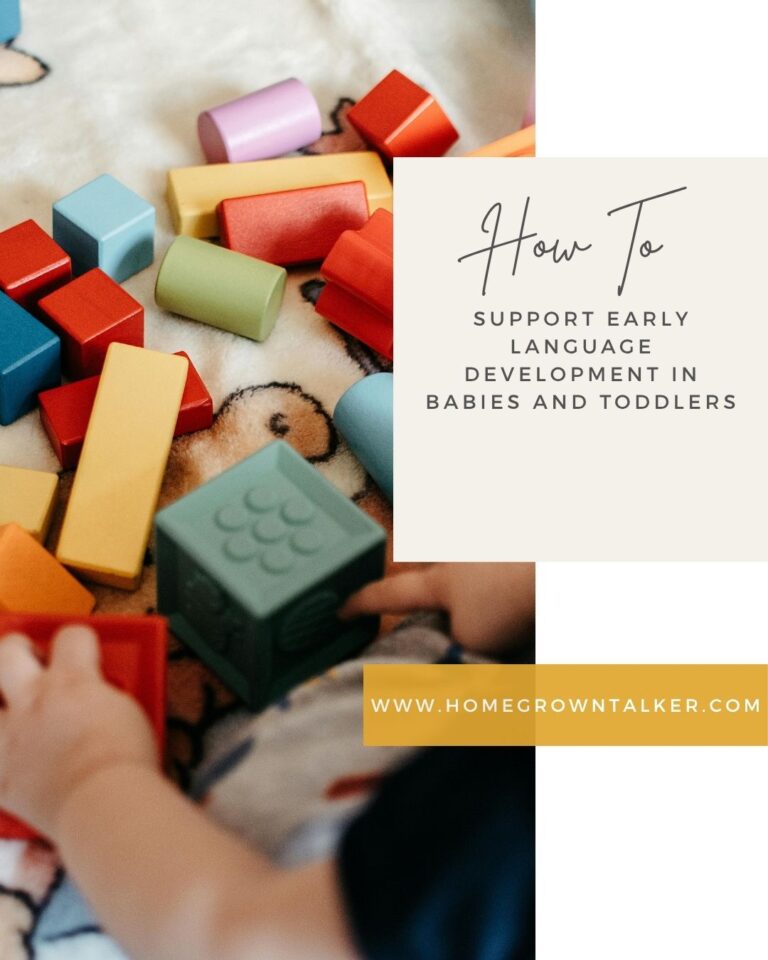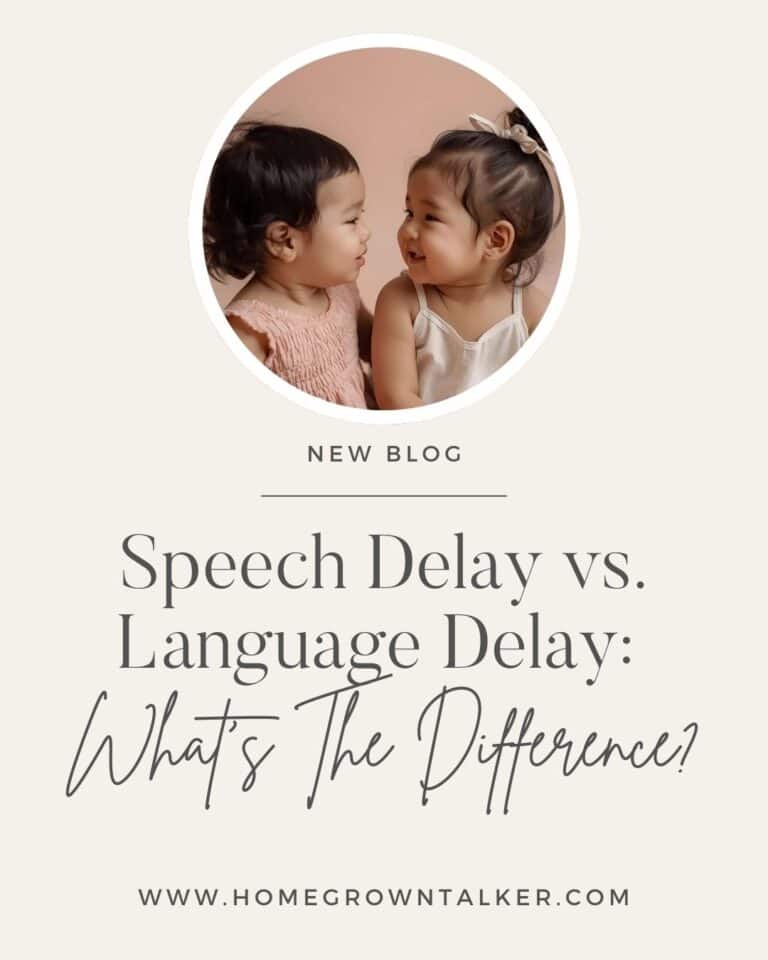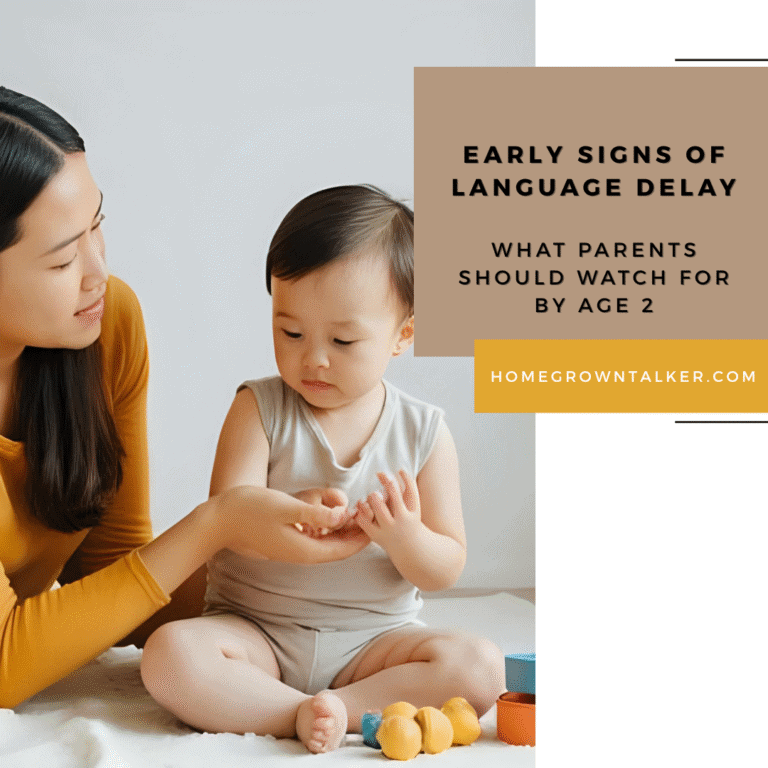What is an AAC device?
An AAC device, or Augmentative and Alternative Communication device, can be a high-tech or low-tech alternative method a person uses to communicate to compensate for their verbal speech. AAC systems are often evidence-based interventions that are systematically assessed and implemented to help a person with a speech and/or language disorder communicate their daily needs.
According to asha.org,
AAC means all of the ways that someone communicates besides talking. People of all ages can use AAC if they have trouble with speech or language skills. Augmentative means to add to someone’s speech. Alternative means to be used instead of speech. Some people use AAC throughout their life. Others may use AAC only for a short time, like when they have surgery and can’t talk.
Who needs an AAC device?
One of my favorite things about being a speech therapist who specializes in AAC devices and implementation is that there are NO prerequisites for using an AAC device. I have children as young as age two and adults in their 60s all using AAC devices successfully.
There are many reasons that a child or adult may need an AAC device to communicate. Some example medical conditions that lead to the use of an AAC device include;
- cerebral palsy
- autism
- down syndrome
- Rhett’s syndrome
- phonological disorder
- apraxia of speech
- mixed receptive/expressive language disorder
- and many more.
Does your child need an AAC device? It’s very possible. Start by answering the question Do they need speech therapy?
Low-Tech AAC devices
Low-tech AAC devices can be picture exchange systems, static AAC boards, sign language, communication books or other communication systems that do not require the use of electronic devices to communicate.
The benefits of a low-tech system are;
- affordability
- ease of use
- custom pictures

The disadvantages of a low-tech AAC system are;
- can be bulky if a lot of pictures are being used
- easily damaged
- no auditory feedback
- often requires the use of ones hands to communicate (very difficult if a child needs to communicate without their hands due to fine or gross motor concerns)
- heavy use of nouns instead of more complex and novel language

High-tech AAC devices
High-tech AAC devices are some of my favorite tools to use as a speech therapist and AAC specialist. In Missouri, I am a Medicaid approved AAC evaluation site. Each week, I provide evaluations for a variety of children and adults needing alternative means of communication. Often, high-tech AAC devices open up a new world for the communicator.
With a high-tech AAC device, the child immediately has access to sometimes thousands of rich vocabulary and language. Don’t let this overwhelm you. What we are looking for is a system that will grow with your child.
Unless there are motor or vision concerns, I never ever start with a board with 4-10 large buttons . Why? because that will change size or location as I add more vocabulary words to the child’s AAC device.
When looking for a high-tech AAC device, you want a system that has the technology to “hide” vocabulary buttons. This allows the child to learn new vocabulary without changing the location or size of the other buttons. This is SO important and follows motor learning theory for AAC devices. This is a system that must be trusted if you want your child to learn their high-tech AAC system systematically and with evidence-based instructional methods. Tech OwL AAC Community has a good article about this concept, called Motor Planning, here.

How to get an AAC device for your child?
Let me list some of the big name AAC companies that can at least help you find a qualified speech therapist to start the purchase process.
Want to read more?
I’d love to work together
How can I help you?
As a special needs mom and pediatric SLP, I want to help get you the resources you need to help your child find their voice.
Ask me anything
I never got to hear my son’s voice due to his disability.
But, that doesn’t have to be your story.
Email me. Let’s get your child talking.










